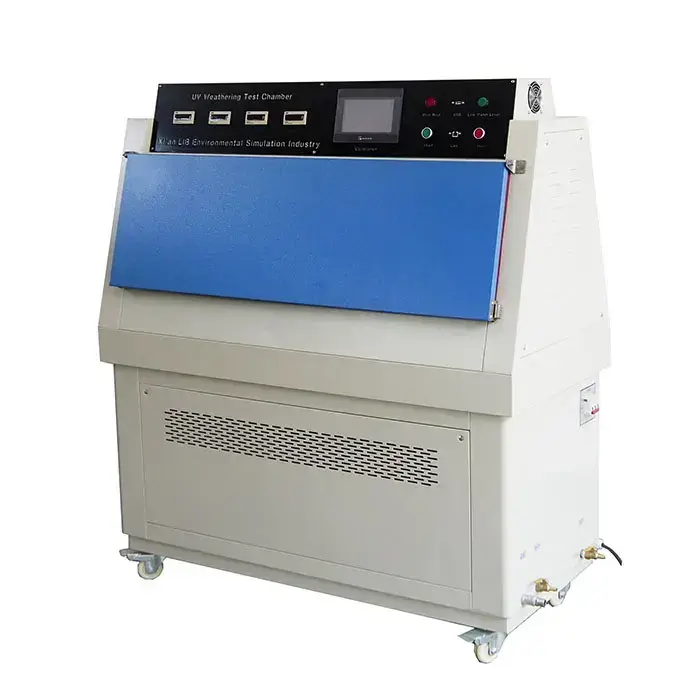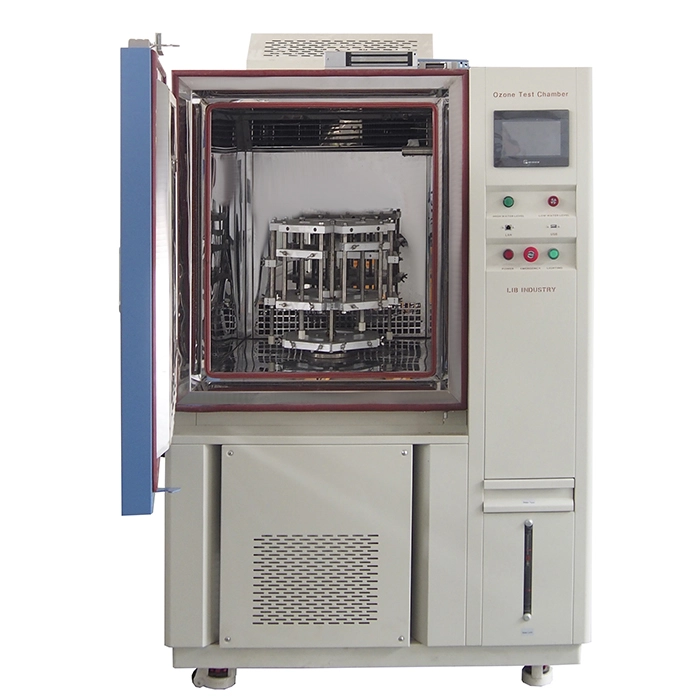How Should Samples Be Prepared for Salt Spray Testing?
Salt spray testing is a critical process for evaluating the corrosion resistance of materials, coatings, and finishes. Proper sample preparation ensures accurate, repeatable, and reliable results when using a salt spray corrosion chamber. This guide outlines essential steps to prepare test samples effectively.
Critical Surface Cleaning Techniques to Ensure Valid Test Results
Before placing samples into a salt spray corrosion chamber, surface contaminants must be completely removed. Oils, dust, and residues can interfere with corrosion reactions, leading to misleading results. Common cleaning methods include:
- Solvent Cleaning: Acetone, isopropyl alcohol, or deionized water effectively remove grease and organic contaminants.
- Ultrasonic Cleaning: High-frequency sound waves dislodge microscopic particles from the surface, ensuring deep cleaning.
- Abrasive Cleaning: Sandblasting or wire brushing removes oxidation and surface coatings when testing bare metals.
- Alkaline Cleaning: A mild detergent or alkaline solution neutralizes acidic residues and ensures thorough surface preparation.
Selecting the right cleaning method depends on material type and test objectives. Inconsistent cleaning can result in uneven corrosion patterns, affecting test reliability.
Masking and Edge Protection Methods for Targeted Exposure Assessment
Not all parts of a sample need exposure to corrosive conditions. Masking ensures only specific areas undergo testing while preventing unintended corrosion on edges and cut surfaces. In a salt spray corrosion chamber, effective masking techniques include:
- Tape Masking: High-resistance tapes (e.g., polyester or vinyl) shield selected areas from salt exposure.
- Wax or Sealant Coatings: Protective waxes or lacquers cover non-test regions, preventing corrosion creep.
- Plastic Caps or Plugs: These shield holes, edges, and threads, ensuring realistic test conditions for functional surfaces.
Without proper masking, corrosion can spread beyond the test zone, distorting assessment results. Properly applied masking materials must withstand prolonged exposure to the salt spray environment without degrading.
Sample Positioning and Orientation: Maximizing Consistency and Reproducibility
Correct sample placement within a salt spray corrosion chamber ensures uniform exposure to the corrosive mist. Improper positioning can lead to inconsistent results, as corrosion rates vary based on exposure angles and droplet accumulation. Key positioning factors:
- Tilt Angle: Most standards recommend a 15-30° tilt to prevent excessive salt accumulation and ensure even mist coverage.
- Distance Between Samples: Spacing must allow for unrestricted airflow and mist circulation, preventing localized corrosion effects.
- Material-Specific Orientation: Coated surfaces should face upward to simulate real-world exposure, while metal components should be positioned to minimize pooling effects.
Following standardized positioning guidelines (e.g., ASTM B117 or ISO 9227) helps maintain test reproducibility and allows for accurate performance comparisons across different materials and coatings.
Pre-Test Documentation and Baseline Measurements for Accurate Corrosion Evaluation
Recording baseline data prior to testing using a salt spray corrosion chamber is critical to accurately assessing corrosion. Without proper records, assessing material degradation becomes subjective and less reliable. Essential pre-test documentation includes:
- Surface Condition Records: High-resolution images or microscopy scans document the initial state before exposure.
- Thickness Measurements: Coating thickness gauges verify protective layer integrity before testing.
- Hardness and Adhesion Testing: Mechanical property evaluations establish benchmark values for post-test comparisons.
- Environmental Conditions: Temperature, humidity, and chamber calibration details ensure consistent test environments.
Thorough pre-test documentation enhances result accuracy, helping manufacturers and researchers assess corrosion performance with confidence.
Material-Specific Preparation Considerations: Metals vs. Coated Surfaces
Metals and coated surfaces require different preparation techniques to ensure reliable test outcomes.
- Bare Metals: Prior to testing, oxidation layers should be removed using abrasive methods. Uncoated metals are more susceptible to corrosion, requiring precise cleaning and storage before exposure.
- Painted or Coated Surfaces: Coating integrity must be inspected for cracks, bubbles, or adhesion defects. Any pre-existing flaws can compromise test results, leading to premature failure.
Understanding these material-specific factors ensures accurate performance evaluation and prevents misinterpretation of test results.
Proper sample preparation is the foundation of accurate salt spray testing. Investing in high-quality salt spray corrosion chambers ensures precision and repeatability in testing. For expert guidance and state-of-the-art environmental test solutions, contact LIB Industry at ellen@lib-industry.com.
References
1. ASTM International. ASTM B117 - Standard Practice for Operating Salt Spray (Fog) Apparatus.
2. ISO. ISO 9227: Corrosion Tests in Artificial Atmospheres - Salt Spray Tests.
3. Schweitzer, P. A. Corrosion Engineering Handbook.
4. Kendig, M., & Mansfeld, F. Advances in Corrosion Science and Technology.











